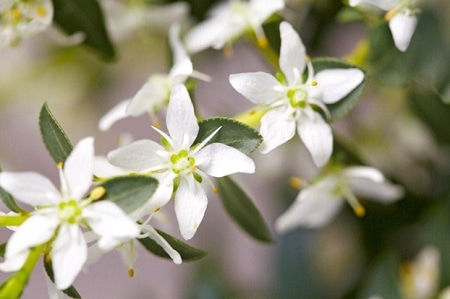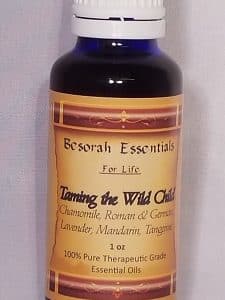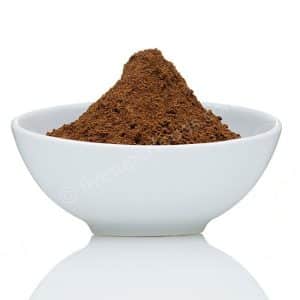The plant is one of the oldest used medicinally, dating to about 200 BCE. It was known even then to balance the body systems and especially good for the lungs and spleen.
The yellow colour of the root contributes to the Chinese name, huang qi, meaning “yellow leader”. It has been used in China for thousands of years to strengthen qi (pronounced “chee”), the body’s life force and protective energy. In Western terminology, this means to strengthen the immune system.
Folk medicine in Europe and Arabia have used the herb for treating tumors of the eyes, liver, and throat.
Tragacanth is the latex that exudes from under the bark and is extracted by making an incision in the trunk and branches. When it dries, it forms flakes that swell in water to form a gelatinous mass used in various treatments, including that of constipation.
European botanists first wrote about its medicinal qualities in the 1700s.
Some of the poisonous species are referred to as Poison Milk Vetch or Loco Weed.
Some of the Native American names came about as a reference to its seeds which rattle in the pods when dried.
A tea of the root was used by the Dakota tribes as a febrifuge for children. The Lakotas pulverized the roots and chewed it for chest and back pains and to relieve coughing. Also, a vapour was inhaled to treat a child’s aching chest. The roots were chewed and applied to cuts before they were bandaged. When combined with the roots of wild licorice, it arrested the spitting of blood. Lakota women who had little or no breast milk, chewed the roots to promote milk production. The Cheyenne used one species for cases of poison ivy or dermatitis. They also ground the leaves and stems and sprinkled the powder on weepy, inflamed, skin conditions.
When the explorer John Bradbury visited the Arikara village along the Missouri River in 1809, he was shown two new species of Astralagus, that were unknown to him, by the local medicine man.
Key Actions
Key Components
Medicinal Parts
Root, gum-like exudate
It contains numerous active compounds which bolster immunity.
The polysaccharides seem to stimulate white blood cell production and spurs the activity of killer T cells, increasing the number of cells and the aggressiveness of their activity. Increased macrophage activity has been measured as lasting up to seventy-two hours.
It also increases production of interferon, a natural protein that stimulates production of other proteins that help prevent and fight viral infections.
It increases the number of stem cells in the marrow and lymph tissues, stimulates their maturation into active immune cells, increases spleen activity, increases the release of antibodies, and boosts the production of hormonal messenger molecules that signal for virus destruction.
Studies at the University of Texas Medical Center found that astragalus was able to restore completely the function of cancer patients compromised immune cells.
It protects the liver from a variety of liver toxins, including carbon tetrachloride and the anticancer compound stilbenemide.
Gamma-aminobutyric acid extracts have been found to kill bacteria and lower blood sugar and blood pressure levels.
Chinese experiments indicated that the herb was able to protect against the absorption of toxic chemicals into the liver.
Studies have shown that patients given the herb suffered less angina and had a greater improvement in the EKGs and other measurements than patients given such standard heart drugs as nifedipine. Chinese researchers report that the herb improves funtion of the heart’s left ventricle after a heart attack, which they theorize may derive from the herb’s antioxidant effects. Other Chinese researchers found heart-protective effects in people with Coxsackie B virus which can cause viral myocarditis.Staphylococcus aureus, Salmonella spp., and Proteus mirabilis.
In China, it has long been used as a classic energy tonic and is considered to be superior to ginseng for young people. It is believed to warm and tone wei qi (a protective energy that circulates just beneath the skin), helping the body to adapt to external influences, especially to the cold. It raises immune resistance, improves physical endurance, and encourages the body systems to function correctly.




